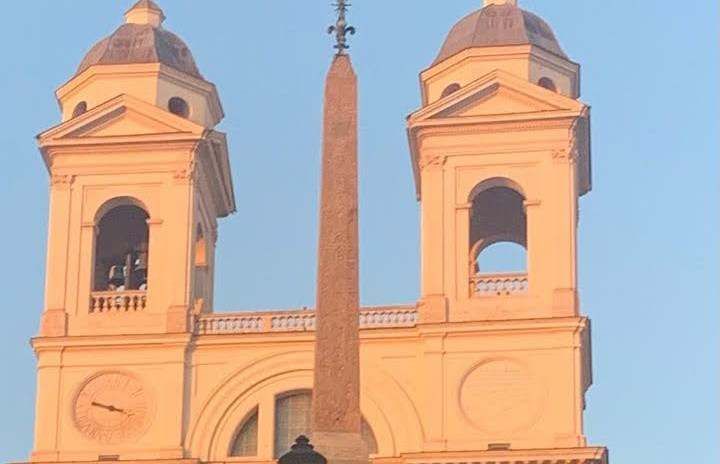
Roma a piedi, il miglior tour da Piazza di Spagna
Roman va in viaggio e nello spazio, regalati una vacanza senza stress! Niente bus, niente bus, niente metro, niente taxi... solo Roma a piedi!
Piazza di Spagna è diventata l'indirizzo e la meta di chi viene a visitare Roma da tutto il mondo; È presente in tutte le guide turistiche come una delle attrazioni della capitale, è sicuramente uno dei luoghi più famosi.
Rome on foot, the best tour from the Spanish Steps
Roman goes on travel and space, give yourself a stress-free vacation! No bus, no subway, no taxi-just Rome on foot!
The Spanish Steps has become the address and destination of those who come to visit Rome from all over the world; It is featured in all tourist guides as one of the capital's attractions, it is definitely one of the most famous places.
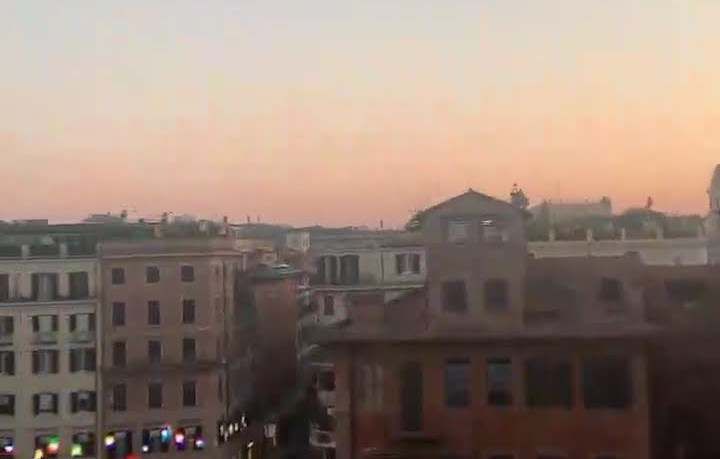
Da qui, per citarne alcune, iniziano le strade più famose di Roma, come Via Condotti e la bellissima Via Frattina, la bellissima Via Margutta e la raffinata Via del Babuino. Situato in Piazza di Spagna, vi offriamo alcune idee per una meravigliosa vacanza romana dal nostro alloggio Internazionale Domus. Con queste brevi presentazioni non vogliamo avere l'idea di sostituire la guida turistica ma solo dare spunti utili per vivere al meglio la vostra vacanza a Roma.Un bellissimo viaggio attraverso la capitale tra fontane barocche, siti storici e alcuni dei migliori panorami di Roma.
From here, to name a few, begin Rome's most famous streets, such as Via Condotti and the beautiful Via Frattina, the beautiful Via Margutta, and the elegant Via del Babuino. Located in the Spanish Steps, we offer you some ideas for a wonderful Roman vacation from our International Domus accommodation. With these brief introductions, we don't want to have the idea of replacing the tour guide but only to give you useful hints to better experience your vacation in Rome.A beautiful journey through the capital among baroque fountains, historical sites and some of the best views of Rome.
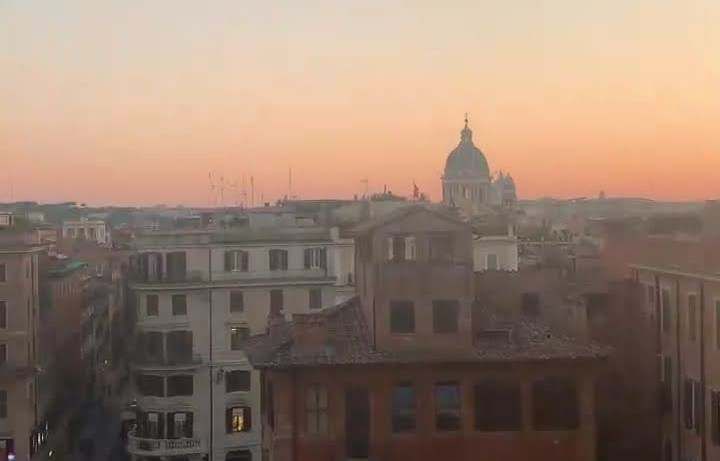
Vai alla mappa | 3,4 chilometri percorribili a piedi, in media in 45 minuti senza soste. Iniziamo il nostro viaggio da Roma partendo dal nostro hotel in Piazza di Spagna, seguendo Via del Babuino fino alla magnifica Piazza del Popolo. Da qui potrete ammirare le chiese gemelle di Santa Maria di Montesano e Santa Maria dei Miracoli e alzando lo sguardo vedrete la terrazza del Pincio. Tra le tre vie che convergono sulla piazza, attraversiamo il marito di Ripetta che ci porterà all'Ara Pacis e al Mausoleo di Augusto, un luogo che merita davvero una visita. Il nostro viaggio riprende su Via Tomacelli e Via del Leoncino per arrivare a Piazza San Lorenzo e Lucina, una delle piazze più belle di Roma, dove possiamo apprezzare l'antica basilica omonima.
Go to map | 3.4 kilometers walkable, averaging 45 minutes without stops. We begin our journey from Rome starting from our hotel in the Spanish Steps, following Via del Babuino to the magnificent Piazza del Popolo. From here you can admire the twin churches of Santa Maria di Montesano and Santa Maria dei Miracoli, and looking up you will see the Pincio Terrace. Between the three streets that converge on the square, we cross the husband of Ripetta that will take us to the Ara Pacis and the Mausoleum of Augustus, a place that is truly worth a visit. Our journey resumes on Via Tomacelli and Via del Leoncino to arrive at Piazza San Lorenzo e Lucina, one of the most beautiful squares in Rome, where we can appreciate the ancient basilica of the same name.
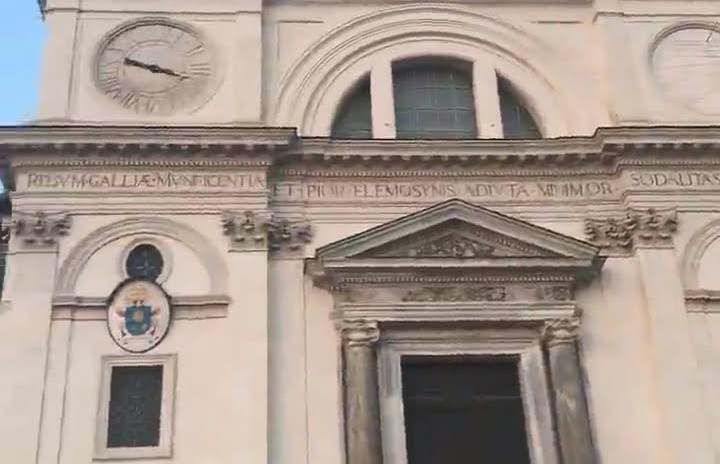
Da lì, percorrendo le vie del Campo Marzio e degli Uffici della Vicaria, si raggiunge il magnifico Palazzo Montecitorio, progettato dal Bernini e Carlo Fontana, oggi sede della Camera dei Rappresentanti della Repubblica Italiana. Proseguiamo davanti a Piazza Capranica e proseguendo lungo Via degli Orfani arriviamo davanti al Pantheon, il tempio dell'antica Roma meglio conservato, il più famoso per la sua torre. Tornando al Pantheon, proseguiamo lungo Via della Rosetta e Via del Pozzo per raggiungere Piazza San Luigi dei Francesi e l'omonima chiesa di Caravaggio famosa per i suoi tre capolavori. Da lì prenderemo Via di Santa Giovanna D'Arco verso Corso del Rinascimento per arrivare davanti a Palazzo Madama, sede del Senato della Repubblica Italiana. Tornando a Palazzo Madama, possiamo concludere la nostra passeggiata, orgoglio della Roma barocca: Piazza Navona con le opere di maestri come Gian Lorenzo Bernini, Francesco Borromini, Girolamo Rainaldi e Pietro da Cortona. Se non sei stanco puoi continuare a camminare fino a Piazza Campo de' Fiori.
From there, walking along the streets of the Campo Marzio and the Offices of the Vicaria, we reach the magnificent Palazzo Montecitorio, designed by Bernini and Carlo Fontana, now the seat of the House of Representatives of the Italian Republic. We continue in front of Piazza Capranica and continue along Via degli Orfani to arrive in front of the Pantheon, the best-preserved temple of ancient Rome, most famous for its tower. Returning to the Pantheon, we continue along Via della Rosetta and Via del Pozzo to reach Piazza San Luigi dei Francesi and the church of the same name by Caravaggio famous for its three masterpieces. From there we will take Via di Santa Giovanna D'Arco towards Corso del Rinascimento to arrive in front of Palazzo Madama, seat of the Senate of the Italian Republic. Returning to Palazzo Madama, we can end our walk, the pride of Baroque Rome: Piazza Navona with the works of masters such as Gian Lorenzo Bernini, Francesco Borromini, Girolamo Rainaldi and Pietro da Cortona. If you are not tired, you can continue walking to Piazza Campo de' Fiori.
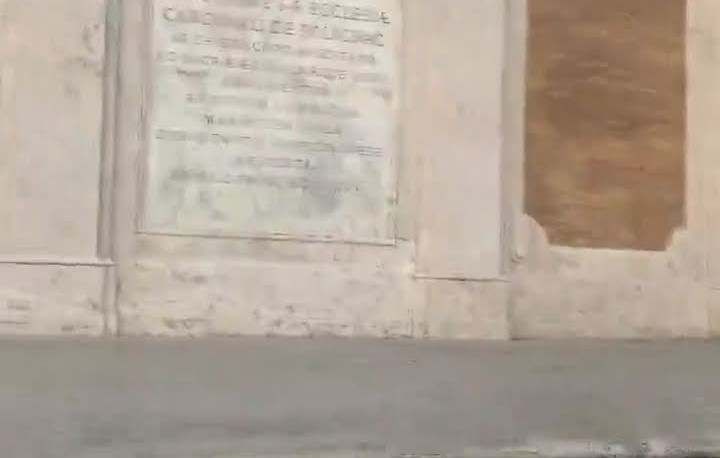
Un bellissimo viaggio tra antico e moderno con un po' di shopping e alla scoperta degli antichi siti romani.
Vai alla mappa | A piedi si possono percorrere 3,9 chilometri, in media in un'ora senza fermarsi. Iniziamo il viaggio dal nostro hotel in Piazza di Spagna utilizzando Via Frattina, una delle strade più famose di Roma e centro commerciale della capitale, e arriviamo tramite Via del Corso; da lì svoltiamo a sinistra verso Piazza Colonna dove possiamo vedere il secolare Palazzo Chigi, sede del governo italiano dal 1961 e la Galleria Alberto Sordi, oggi luogo dedicato allo shopping con negozi dislocati in modo diverso in grado di soddisfare esigenze diverse. Proseguiamo lungo Via del Corso fino a giungere ai piedi del Campidoglio in Piazza Venezia, dove subito risalta in tutta la sua imponenza il complesso del Vittoriano.
A beautiful journey between ancient and modern with some shopping and exploring ancient Roman sites.
Go to map | On foot you can walk 3.9 kilometers, averaging one hour without stopping. We start the journey from our hotel in the Spanish Steps using Via Frattina, one of Rome's most famous streets and the capital's commercial center, and arrive via Via del Corso; from there we turn left towards Piazza Colonna where we can see the centuries-old Palazzo Chigi, seat of the Italian government since 1961, and the Galleria Alberto Sordi, now a place dedicated to shopping with stores located in different ways to meet different needs. We continue along Via del Corso until we reach the foot of the Capitol in Piazza Venezia, where the Vittoriano complex immediately stands out in all its grandeur.
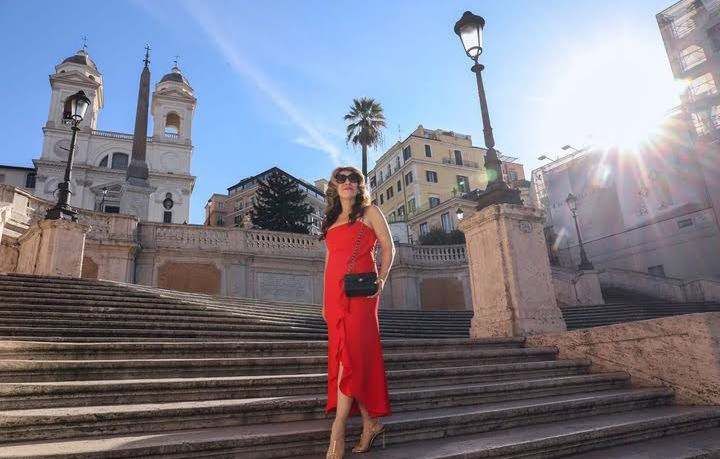
Proseguendo proseguiremo dal Teatro di Marcello all'antico teatro romano, Teatro Marcello, costruito da Giulio Cesare Augusto e donato al nipote Marco Claudio Marcello. Proseguendo la passeggiata arriviamo da Luigi Petroselli che seguiamo fino a raggiungere Piazza della Bocca della Verità dove possiamo visitare la chiesa di Santa Maria in Cosmedin e ammirare la leggendaria Bocca della Verità a sinistra del portico della chiesa. Da lì seguiamo Via della Greca per raggiungere il Circo Massimo, l'antica arena romana per le corse dei cavalli e seguiamo la lunga Via del Circo Massimo per svoltare a sinistra su Viale Aventino e arrivare a Viale delle Terme di Caracalla. Il nostro tour termina alle Terme di Caracalla, testimonianza unica della gloria dell'Impero Romano. L'imperatore lo fece uscirePiazza di Spagna, con la scalinata che conduce alla chiesa di Trinità dei Monti, alla fontana della Barcaccia, al museo dei poeti inglesi Keats e Shelley e tanti altri, è senza dubbio una delle migliori e più famose di Roma. Sei pronto per esplorare questo luogo unico? Posto
We will continue on from the Teatro di Marcello to the ancient Roman theater, Teatro Marcello, built by Julius Caesar Augustus and given to his nephew Marcus Claudius Marcellus. Continuing the walk we come to Luigi Petroselli's, which we follow until we reach Piazza della Bocca della Verità where we can visit the church of Santa Maria in Cosmedin and admire the legendary Bocca della Verità to the left of the church portico. From there we follow Via della Greca to reach Circus Maximus, the ancient Roman arena for horse racing, and follow the long Via del Circo Massimo to turn left onto Viale Aventino and arrive at Viale delle Terme di Caracalla. Our tour ends at the Baths of Caracalla, a unique testimony to the glory of the Roman Empire. The emperor brought it outPiazza di Spagna, with the steps leading to the Trinità dei Monti church, the Fountain of the Barcaccia, the museum of English poets Keats and Shelley and many others, is undoubtedly one of the best and most famous in Rome. Are you ready to explore this unique place? Place
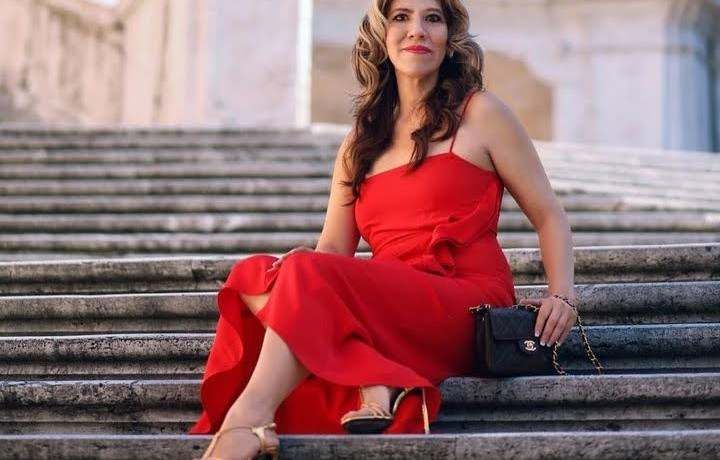
Situata ai piedi del colle Pincio, Piazza di Spagna rappresenta il centro della cultura e della vita turistica della città di Roma. Frequentata da artisti e letterati fin dal XVI secolo, ricca di alberghi, ristoranti ed eleganti residenze, la piazza iniziò l'aspetto attuale a metà dei secoli XVII e XVIII. Tuttavia, il suo nome deriva dal Palazzo di Spagna, sede dell'ambasciata dello Stato iberico e della Santa Sede.
Located at the foot of the Pincio Hill, Piazza di Spagna is the center of Rome's culture and tourist life. Frequented by artists and men of letters since the 16th century, full of hotels, restaurants and elegant residences, the square began its current appearance in the mid-17th and 18th centuries. However, its name comes from the Palace of Spain, home of the embassy of the Iberian state and the Holy See
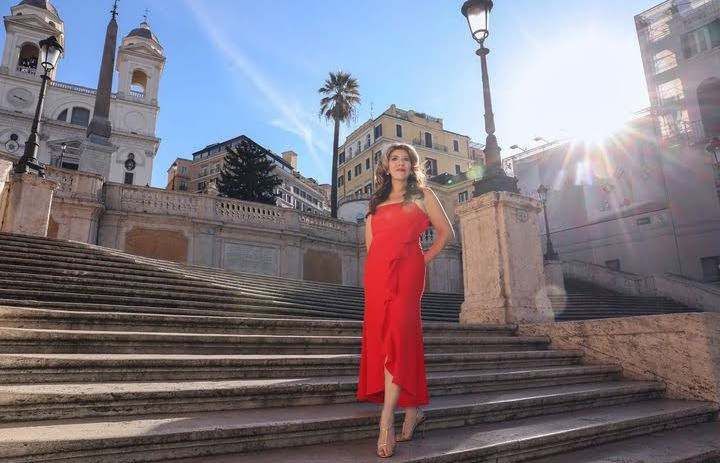
Tra storia, arte e un'importante via dello shopping, Piazza di Spagna resta una delle mete più ambite dai turisti di tutto il mondo e dagli stessi romani e rappresenta una tappa imprescindibile per ogni visita che si rispetti. È facilmente raggiungibile dall'omonima stazione ferroviaria, ed è collegato a Piazza del Popolo da Via del Babuino, una delle strade storiche che compongono il cosiddetto "tridente". Dalla piazza si può raggiungere anche la famosa Via Condotti, con i suoi negozi e negozi di lusso che si uniscono a Via del Corso, la famosa via dello shopping romano.PIAZZA DI SPAGNA: LA FONTANA DELLA BARCACCIA
Between history, art and a major shopping street, Piazza di Spagna remains one of the most popular destinations for tourists from all over the world and for Romans themselves, and is an essential stop on any self-respecting visit. It is easily reached from the train station of the same name, and is connected to Piazza del Popolo by Via del Babuino, one of the historic streets that make up the so-called "trident." From the square you can also reach the famous Via Condotti, with its stores and luxury stores that join Via del Corso, the famous Roman shopping street.PIAZZA DI SPAGNA: THE BARCACCIA FONTANA
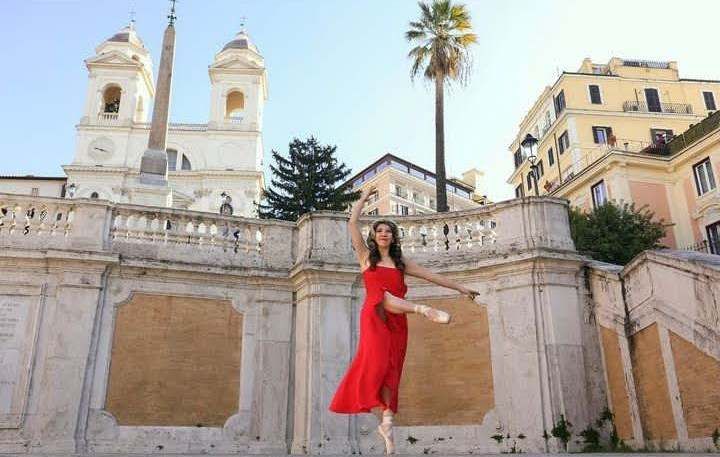
Al centro della piazza c'è la Barcaccia, una delle migliori fontane di Roma. Costruita in stile barocco da Pietro e Gian Lorenzo Bernini nel 1627 per conto di papa Urbano VIII, la fontana prende il nome dalla forma di una nave che affonda. Pochi sanno che il progetto prese spunto dallo straripamento del Tevere nel 1598 e che, per compensare la bassa pressione dell'acqua che lo alimenta, fu abilmente realizzato sotto ragione, come se fosse la metà. . . La fontana è uno dei luoghi preferiti dai turisti, che si fermano per scattare foto o semplicemente per dissetarsi con un sorso d'acqua che sgorga dalla prua e dalla poppa dell'imbarcazione.
At the center of the square is the Barcaccia, one of Rome's finest fountains. Built in the Baroque style by Pietro and Gian Lorenzo Bernini in 1627 for Pope Urban VIII, the fountain takes its name from the shape of a sinking ship. Few people know that the design was inspired by the overflowing of the Tiber in 1598 and that, to compensate for the low pressure of the water feeding it, it was cleverly made under reason, as if it were half . . The fountain is a favorite spot for tourists, who stop to take photos or simply quench their thirst with a sip of water gushing from the prow and stern of the boat.
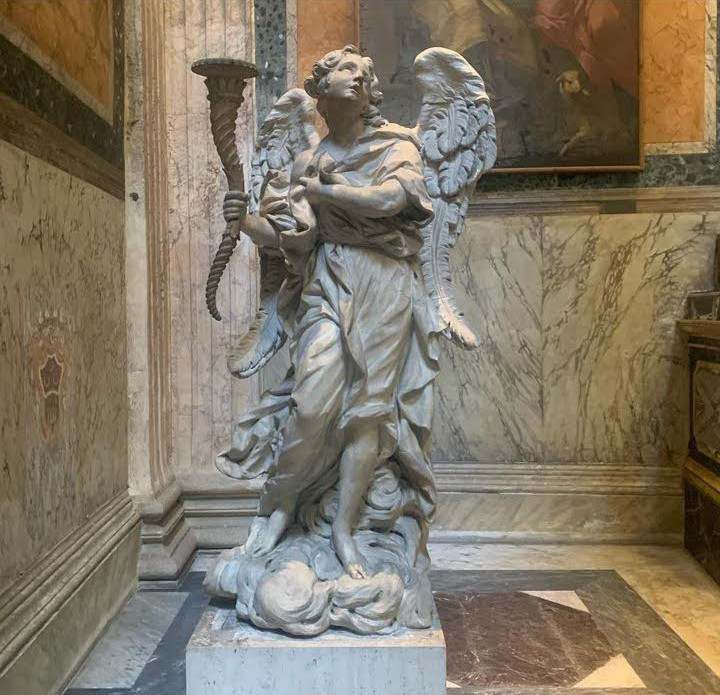
Recentemente, il 19 febbraio 2015, la fonte è purtroppo un membro del gruppo di fan olandesi che ha causato gravi danni provocando sapone e patatine in molti luoghi. E pensare che recentemente è stata completamente restaurata ed è più bella che mai!
Recentemente, il 19 febbraio 2015, la fonte è purtroppo un membro del gruppo di fan olandesi che ha causato gravi danni provocando saponette e schegge in molti punti. Pensare che di recente è stata completamente restaurata ed è più bella che mai!

PIAZZA DI SPAGNA: scale
Lo Scalone d'Onore di Piazza di Spagna è uno dei più iconici di Roma. Costruita su richiesta di Papa Benedetto XII tra il 1723 e il 1725, fu iniziata sotto il pontificato di Papa Innocenzo XIII. Composta da 12 rampe e 135 gradini in travertino, la scalinata comprende anche diverse aree di sostaluogo di incontro. La sua grande piazza accoglie ancora oggi milioni di turisti e romani che vengono a trascorrervi la giornata o la serata. Con l'arrivo della primavera la scalinata diventa ancora più bella grazie alla tradizionale esposizione delle azalee capitoline che si svelano durante il periodo della fioritura.
PIAZZA DI SPAGNA: stairs
The Scalone d'Onore at the Spanish Steps is one of the most iconic in Rome. Built at the request of Pope Benedict XII between 1723 and 1725, it was begun under the pontificate of Pope Innocent XIII. Consisting of 12 ramps and 135 travertine steps, the staircase also includes several sostaluogo meeting areas. Its large square still welcomes millions of tourists and Romans who come to spend the day or evening there. With the arrival of spring, the steps become even more beautiful thanks to the traditional display of Capitoline azaleas that are unveiled during the blooming season.
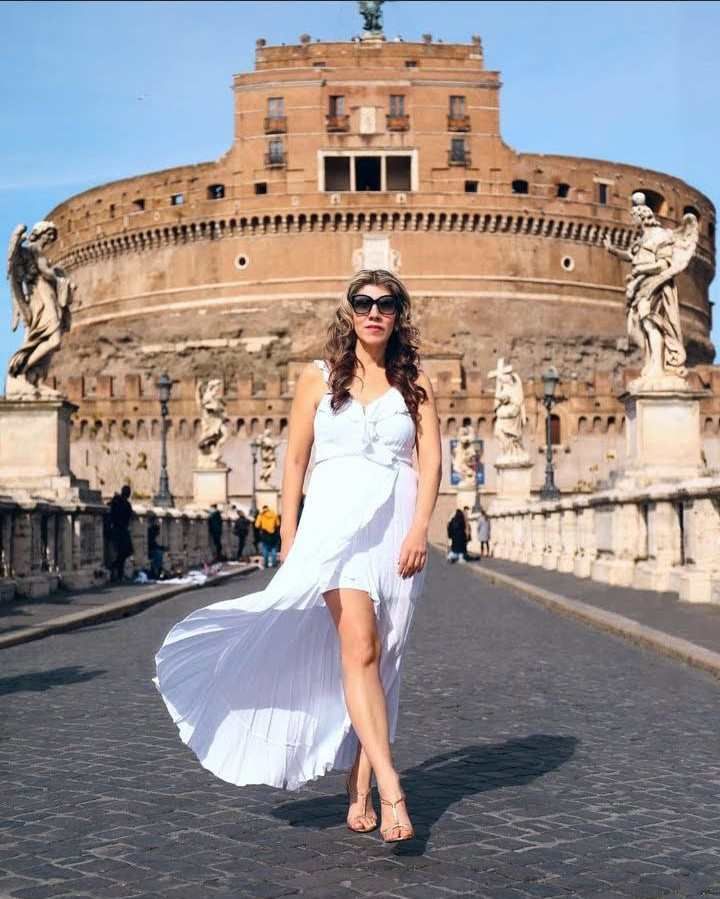
Dopo esservi rinfrescati nella fontana della Barcaccia, salite tutte le scale e ammirate la terrazza del Pincio: il bellissimo panorama della città dall'alto è unico. In cima alla scalinata si trova la chiesa di Trinità dei Monti con i suoi due campanili. Fondata dai francesi nel 1495, la chiesa è stata più volte ristrutturata ma conserva ancora tracce dell'originario stile gotico. Gli affreschi della cappella interna sono opera di Daniele di Volterra, artista chiamato da Papa Pio IV a coprire le nudità del Giudizio Universale nella Cappella Sistina e oggi detto "braghettone".
After cooling off in the Barcaccia fountain, climb all the stairs and admire the Pincio Terrace: the beautiful view of the city from the top is unique. At the top of the steps is the Trinità dei Monti church with its two bell towers. Founded by the French in 1495, the church has been renovated several times but still retains traces of the original Gothic style. The frescoes in the inner chapel are the work of Daniele di Volterra, an artist called by Pope Pius IV to cover the nudity of the Last Judgment in the Sistine Chapel and now known as "braghettone."

COSA FARE A PIAZZA SPAGNA? Come avrai già capito, le cose da fare e da vedere in Piazza di Spagna non mancano!
Inoltre, se hai più tempo e sei un inguaribile romantico, visita la Keats-Shelley House, che si trova accanto alle scale.
È l'ultima dimora del poeta inglese John Keats, che vi morì nel 1821 all'età di venticinque anni. Il museo di questo edificio contiene numerosi dipinti, sculture, manoscritti, oggetti e prime edizioni delle opere di Keats, Shelley e Lord Byron, importanti rappresentanti del Romanticismo inglese.
WHAT TO DO IN PIAZZA SPAGNA? As you may have already guessed, there is no shortage of things to do and see in the Spanish Steps!
Also, if you have more time and are an incurable romantic, visit the Keats-Shelley House, which is located next to the stairs.
It is the last home of English poet John Keats, who died there in 1821 at the age of twenty-five. The museum in this building contains numerous paintings, sculptures, manuscripts, objects and first editions of the works of Keats, Shelley and Lord Byron, important representatives of English Romanticism.
Curated by @ultravioletmag
thnk
Telegram and Whatsapp
grazzie mille